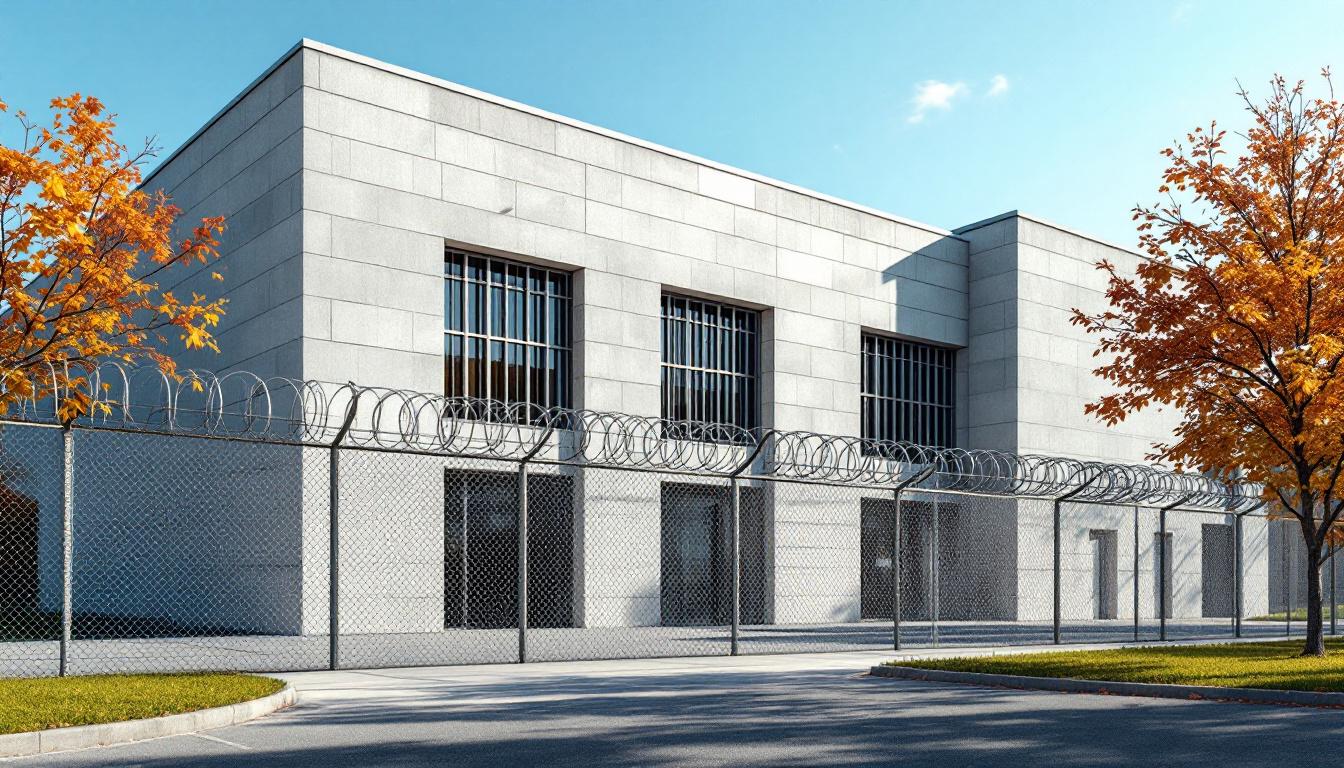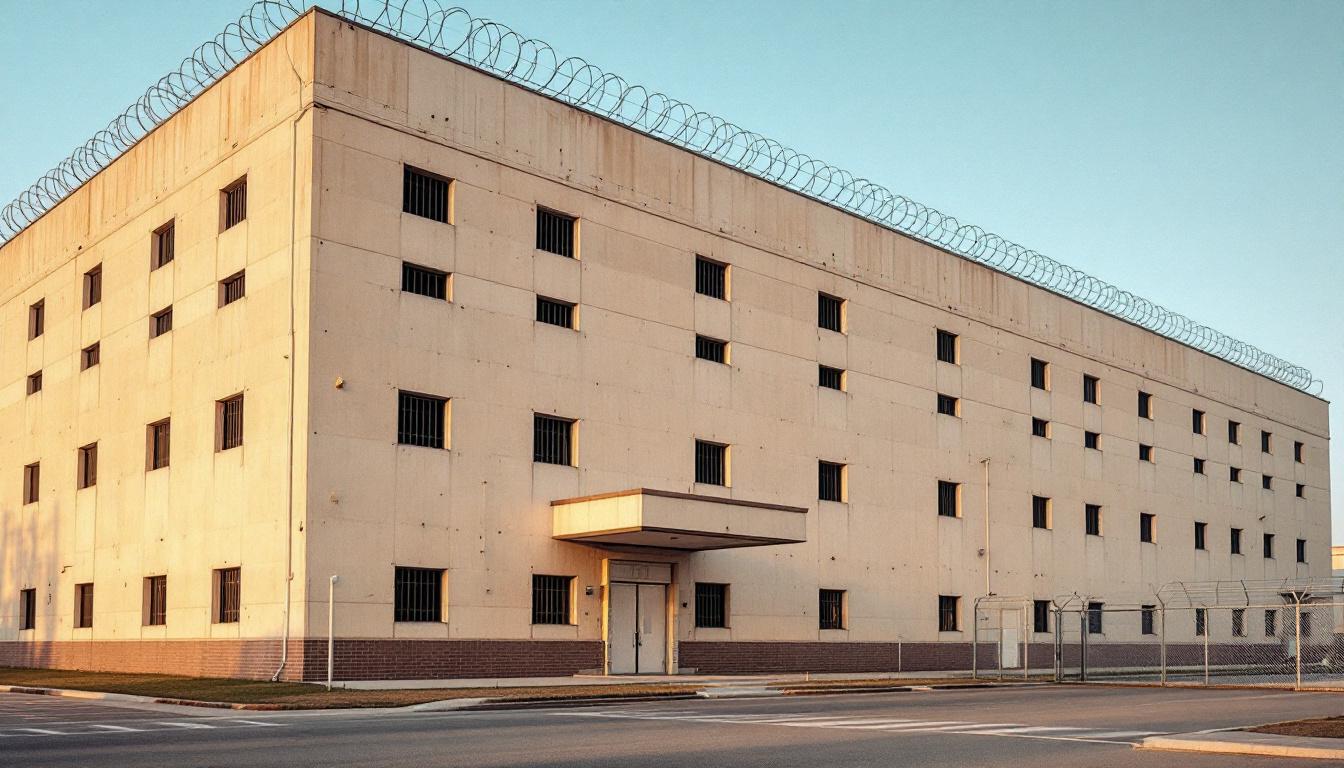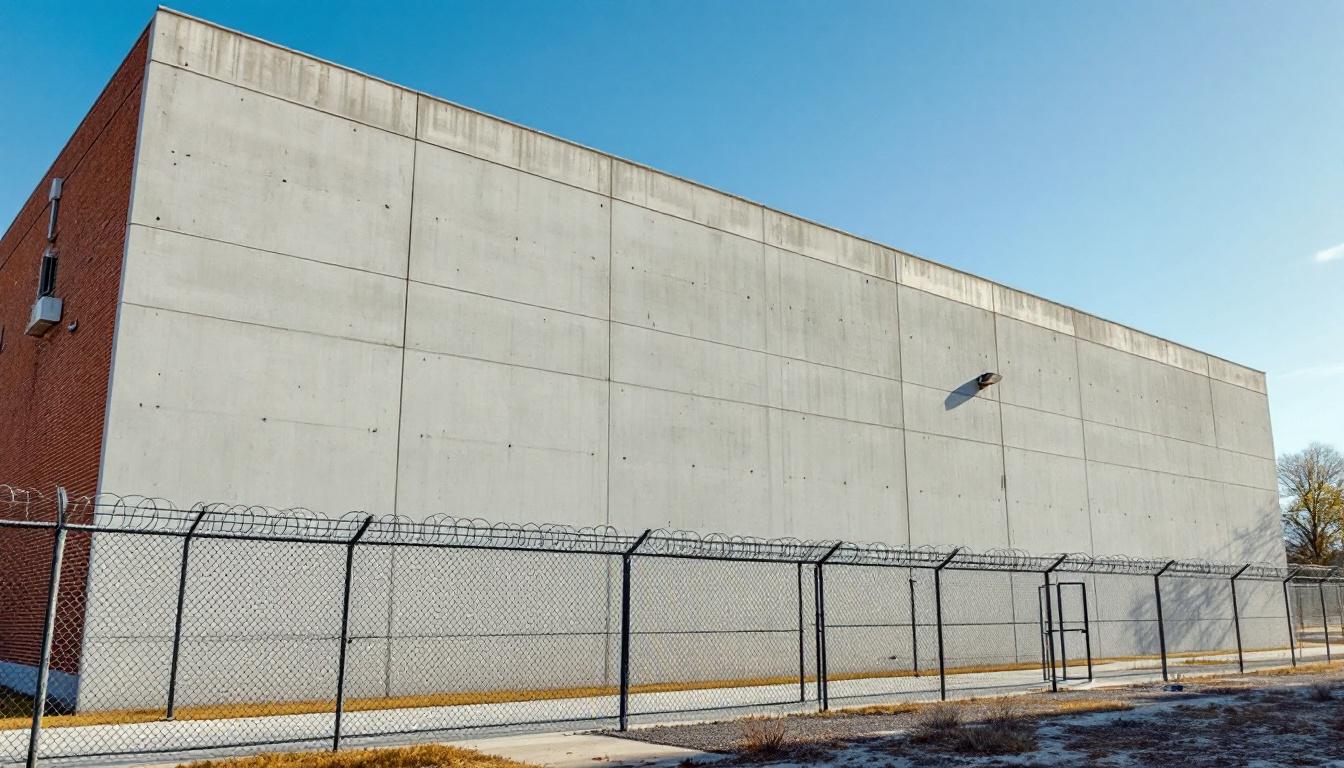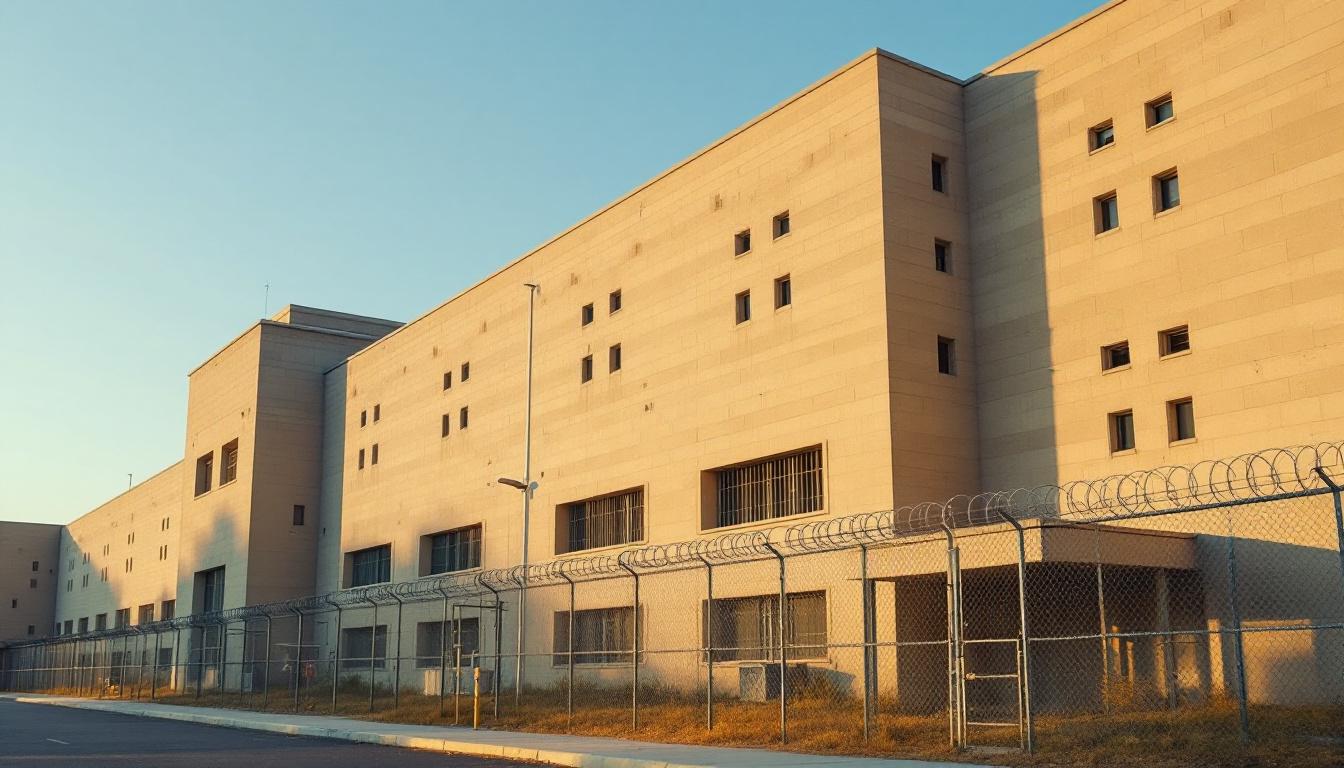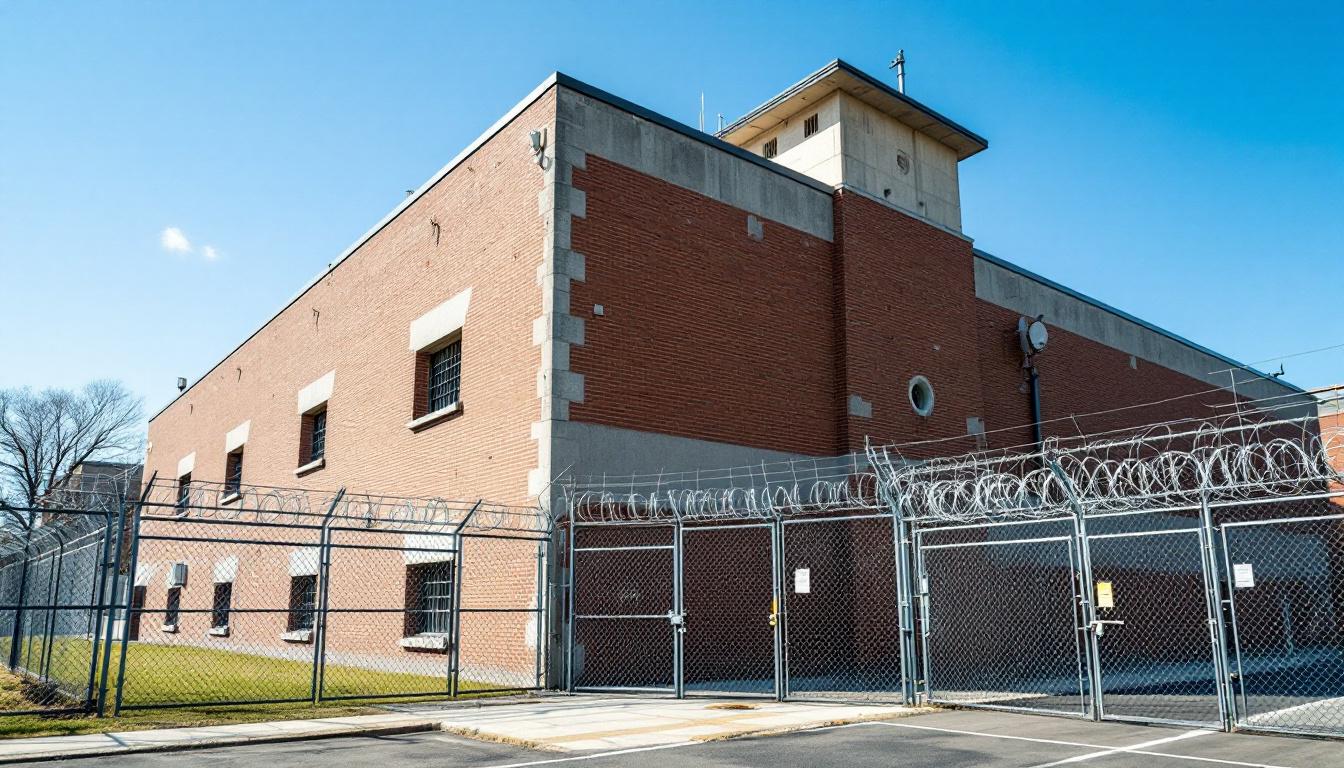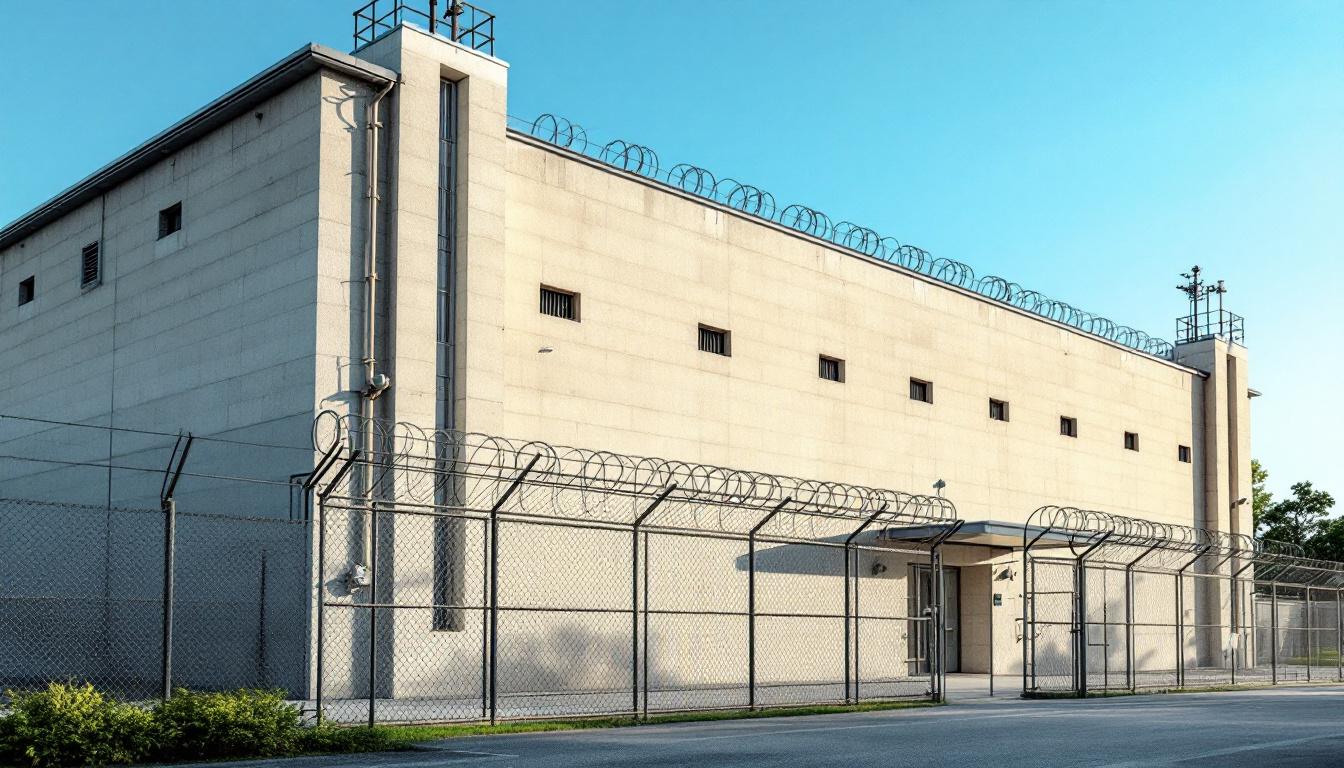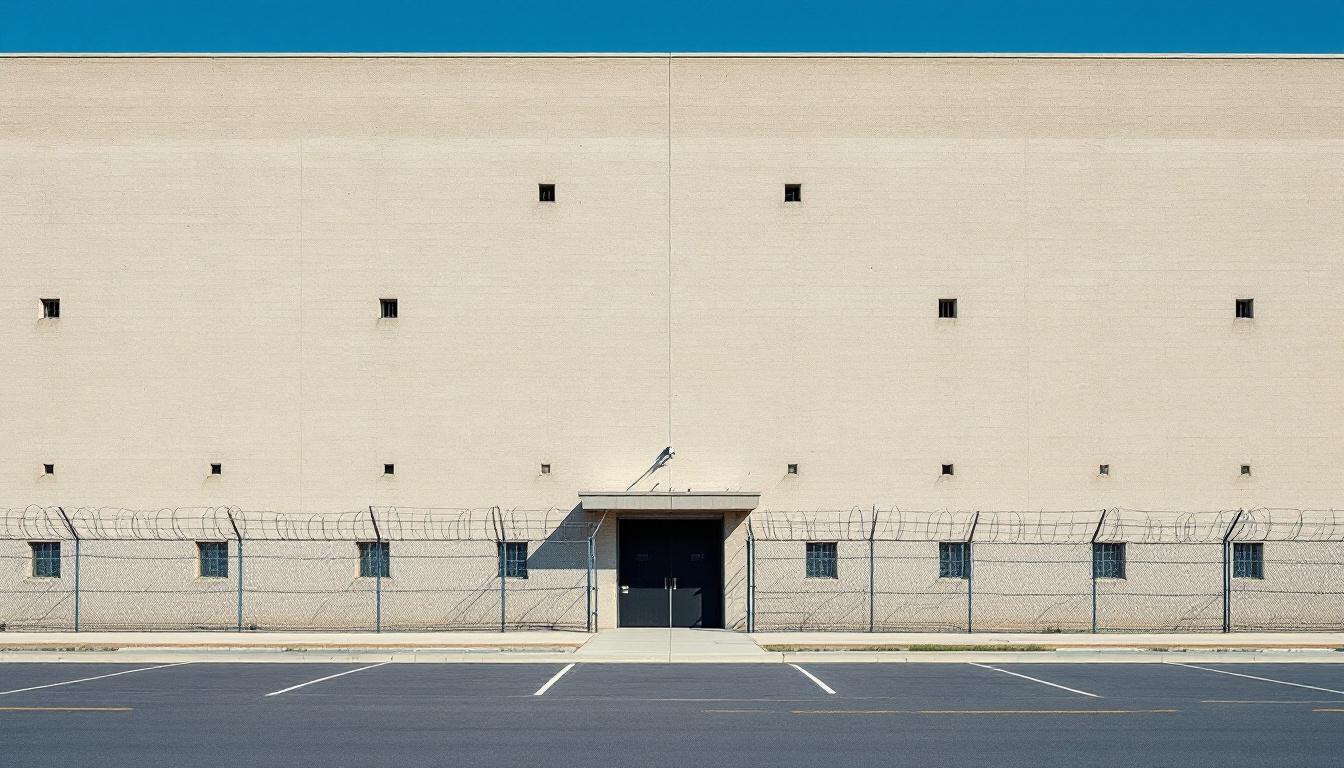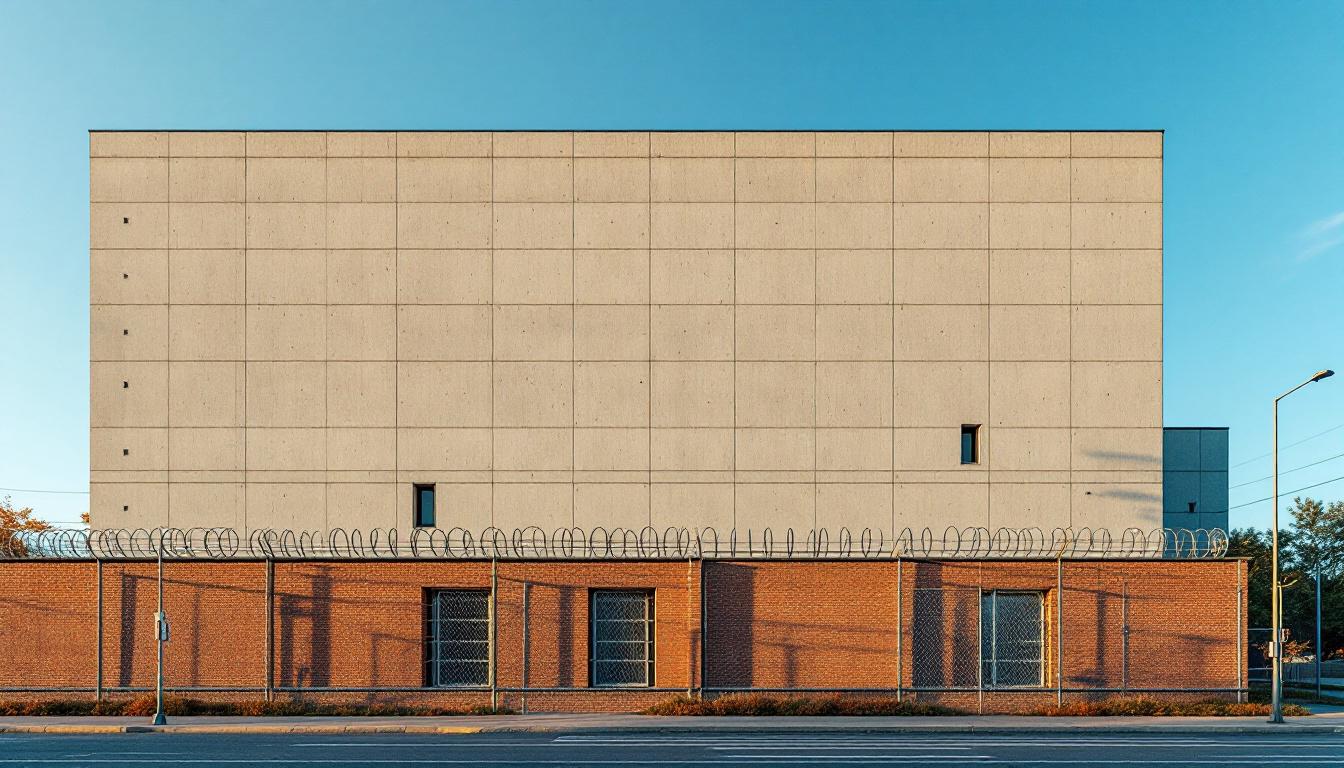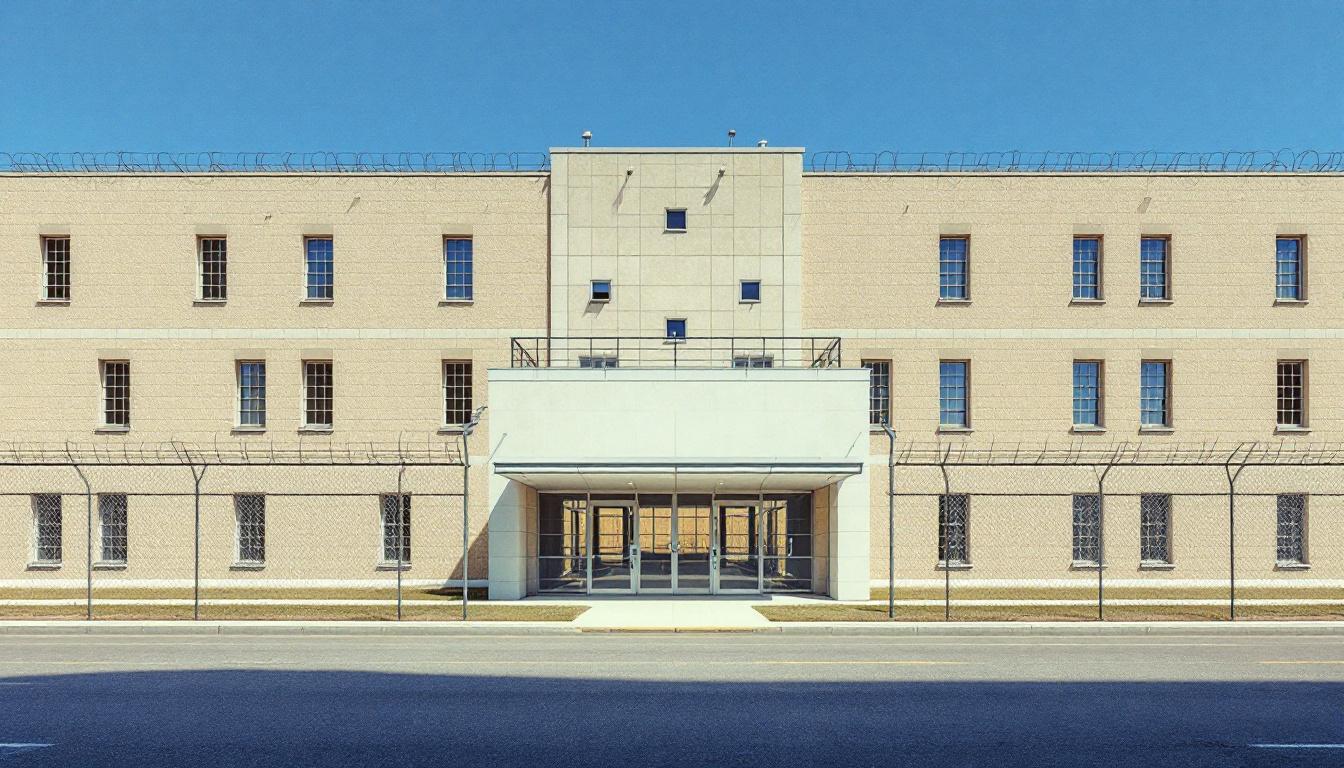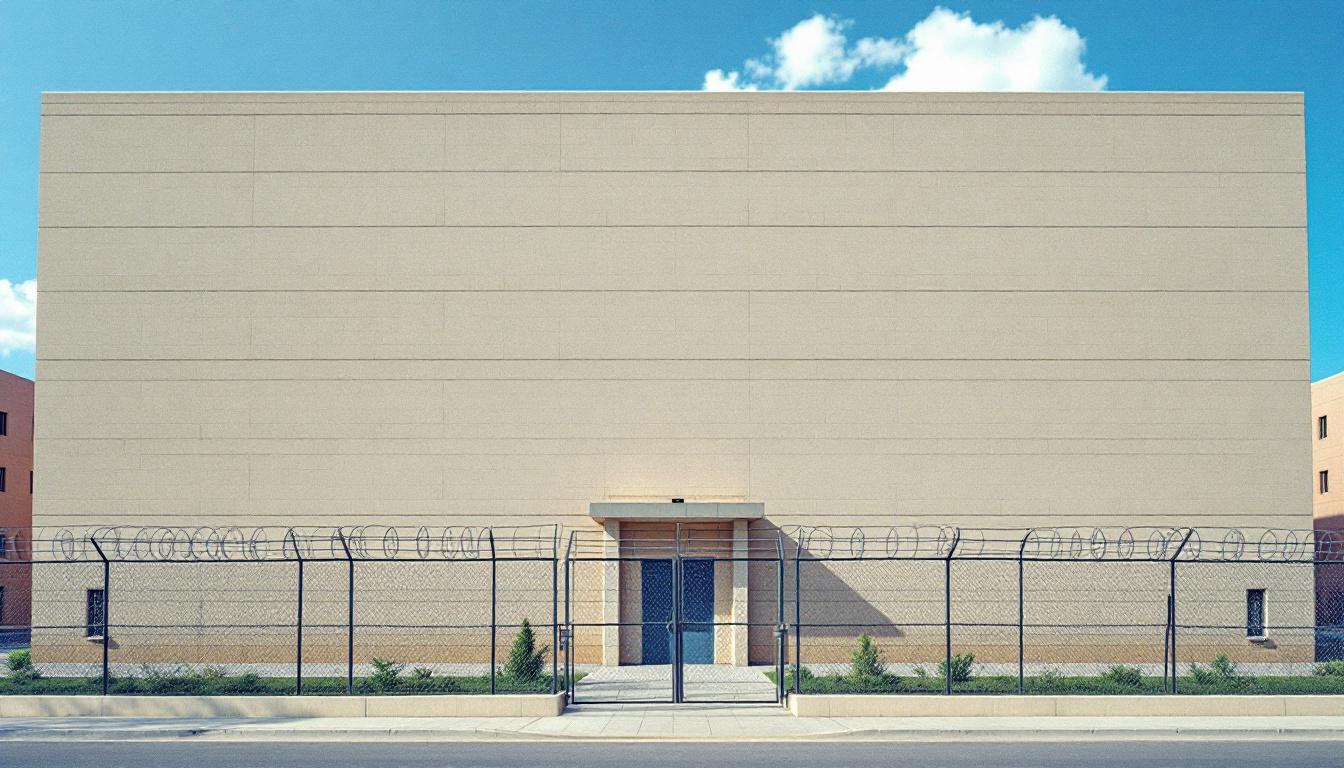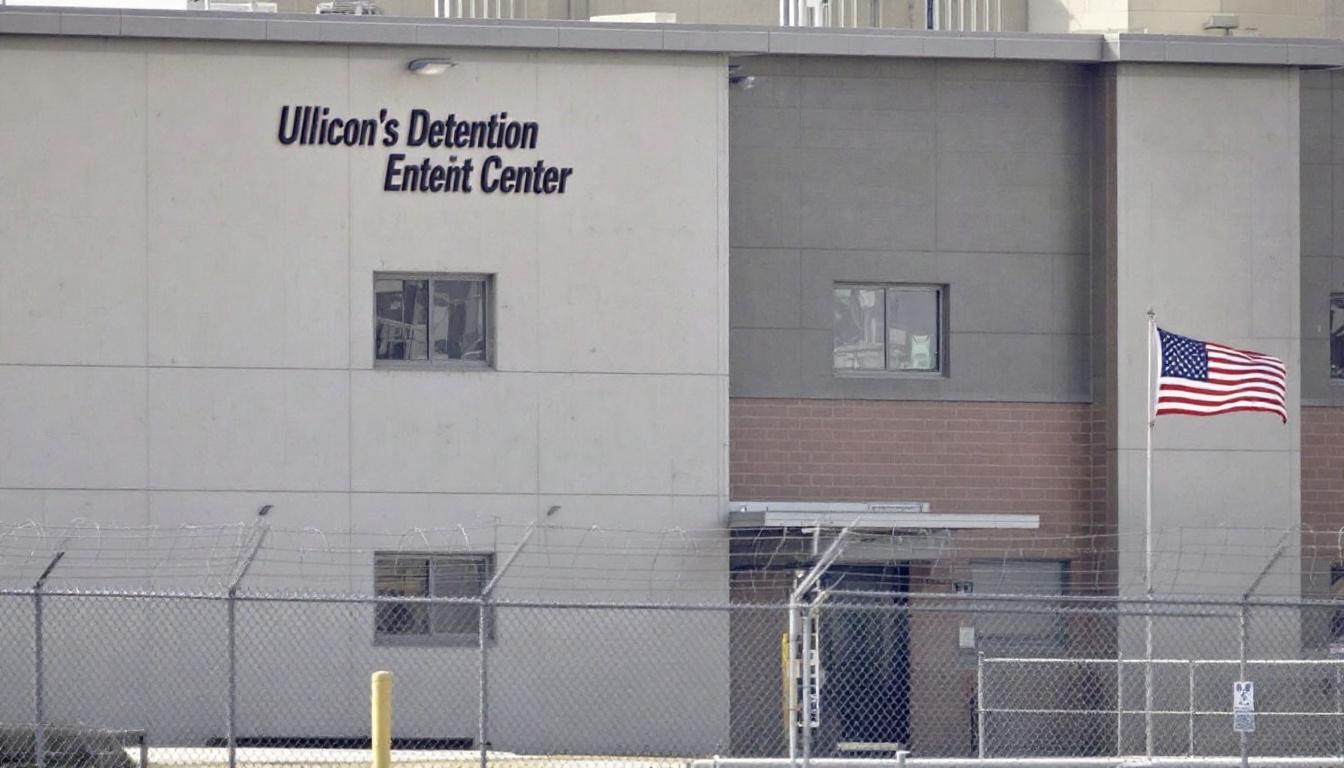
Quick Navigation
How to contact an inmate at John E. Goode Pre-trial Detention Facility
This comprehensive guide will walk you through how to connect with an inmate at John E. Goode Pre-trial Detention Facility. Follow the steps below to find an inmate and send letters and photos:
- Search for the inmate using our search tool below
- Create your account or log in to Penmate
- Write your message (up to 6,000 characters)
- Send instantly - inmates receive printed copies daily
Find an Inmate
Search for an inmate to start communicating today
Tip: You can search by first name, last name, or inmate ID number
To contact a person at John E. Goode Pre-trial Detention Facility start by searching for the person on the official facility website. Perform a search by following these steps:
- Step 1: Enter their first name and last name into the search form and click "Search"
- Step 2: Locate their inmate record
- Step 3: Write down their Inmate ID and any housing information provided
Important! Be sure to enter the person's full name. Nicknames should not be used.
How to Send Messages to Inmates

You can use your phone or computer to send emails, letters, and photos to an inmate. Messages are sent electronically to inmate tablets or kiosks at the facility. If you would like to send a message, start by searching for an inmate at John E. Goode Pre-trial Detention Facility.
Sending Photos and Postcards

A great way to send love and support to a loved one at John E. Goode Pre-trial Detention Facility is to send photos and postcards. It only takes a few minutes to send photos from your phone and it makes a huge difference. You can also mail postcards with words of support and inspiration, or design your own postcard for special moments like birthdays and holidays.
Important! Be sure not to send any explicit photos or they may not be approved by the facility. You can also use a photo printing app like Penmate to make sure your photos are printed at the correct size (4x6 or 3x5) and are mailed according to the rules and regulations of John E. Goode Pre-trial Detention Facility.
Frequently asked questions about John E. Goode Pre-trial Detention Facility
-
How long does it take to deliver a message?
If you're sending an email message your letter is usually delivered within 24-48 hours. For messages sent via mail you should expect delivery within 3-7 days. All messages will need be approved by John E. Goode Pre-trial Detention Facility.
-
How much does it cost to send a message to John E. Goode Pre-trial Detention Facility?
You can send a message free using your phone or mail a message via USPS for the price of a $0.60 stamp and envelope. You can also purchase credits or e-stamps from services starting at $1.99.
-
What services can I use to contact an inmate at John E. Goode Pre-trial Detention Facility?
Penmate
You can use Penmate to send letters and photos to an inmate from your phone. It's an easy way to stay in touch during your loved one's incarceration. Use the inmate locator to find an inmate's location and contact information, then you can send messages within a few minutes.
Securus messaging
Securus may be another option for communicating with an inmate at John E. Goode Pre-trial Detention Facility. You can create a friends and family account and purchase credits to send messages. All messages will be reviewed and must be approved by the facility.
JPay
Some county jails and state prisons may support sending messages with JPay. You must register an account with the system, find your loved one, and purchase stamps to send messages. For some locations you can also attach photos.
Smart Jail Mail
You may also check if Smart Jail Mail is available at John E. Goode Pre-trial Detention Facility. Smart Jail Mail is operated by Smart Communications and has contracted with some state and county jails. After purchasing credits, your messages and photos are sent to the facility, printed out, and then handed out to your loved one.
-
What is the mailing address of John E. Goode Pre-trial Detention Facility?
Mailing address:
John E. Goode Pre-trial Detention Facility
500 E Adams St
Jacksonville, FL 32202
Phone: (904) 630-5760Business hours:
- Monday: Open 24 hours
- Tuesday: Open 24 hours
- Wednesday: Open 24 hours
- Thursday: Open 24 hours
- Friday: Open 24 hours
- Saturday: Open 24 hours
- Sunday: Open 24 hours
-
What are the visiting hours at John E. Goode Pre-trial Detention Facility?
Visiting hours at John E. Goode Pre-trial Detention Facility vary by housing unit and security level. Generally, visits are scheduled on weekends and holidays, with some facilities offering weekday visits. Contact the facility directly at (904) 630-5760 or check their website for the current visiting schedule. Visits typically last 30-60 minutes and must be scheduled in advance.
-
What items are prohibited when sending mail to John E. Goode Pre-trial Detention Facility?
Prohibited items typically include: cash, personal checks, stamps, stickers, glitter, glue, tape, staples, paperclips, polaroid photos, musical or blank greeting cards, hardcover books, magazines with staples, and any items containing metal or electronics. Only send letters on plain white paper with blue or black ink. Photos must be printed on regular photo paper (no Polaroids). Always check with John E. Goode Pre-trial Detention Facility for their specific mail policies.
-
How do I send money to an inmate at John E. Goode Pre-trial Detention Facility?
You can send money to an inmate at John E. Goode Pre-trial Detention Facility through several methods: 1) Online using JPay, Access Corrections, or the facility's approved vendor, 2) Money orders mailed directly to the facility with the inmate's name and ID number, 3) Kiosks located in the facility lobby, or 4) Over the phone using a credit or debit card. Fees vary by method, typically ranging from $2.95 to $11.95 per transaction.
-
Can I schedule a video visit with an inmate at John E. Goode Pre-trial Detention Facility?
Many facilities now offer video visitation as an alternative to in-person visits. At John E. Goode Pre-trial Detention Facility, video visits may be available through services like Penmate, Securus Video Connect, GTL, or ICSolutions. Video visits typically cost $10-20 for 20-30 minutes and must be scheduled in advance. You'll need a computer or smartphone with a camera and reliable internet connection. Contact the facility for their specific video visitation policies and approved vendors.
-
What identification do I need to visit an inmate at John E. Goode Pre-trial Detention Facility?
All visitors must present valid government-issued photo identification such as a driver's license, state ID, passport, or military ID. Minors must be accompanied by a parent or legal guardian who can provide the minor's birth certificate. Some facilities require visitors to be on the inmate's approved visitation list, which may require a background check. Contact John E. Goode Pre-trial Detention Facility for specific ID requirements and visitor approval procedures.
-
How can I find out an inmate's release date?
To find an inmate's release date at John E. Goode Pre-trial Detention Facility, you can: 1) Use the online inmate search tool if available, 2) Call the facility's records department, 3) Contact the inmate's case manager or counselor, or 4) Have the inmate provide this information during a call or visit. For privacy reasons, some facilities only release this information to immediate family members.
Facility Overview
Contact Information
John E. Goode Pre-trial Detention Facility500 E Adams St
Jacksonville, FL 32202
Phone: (904) 630-5760
Official Website
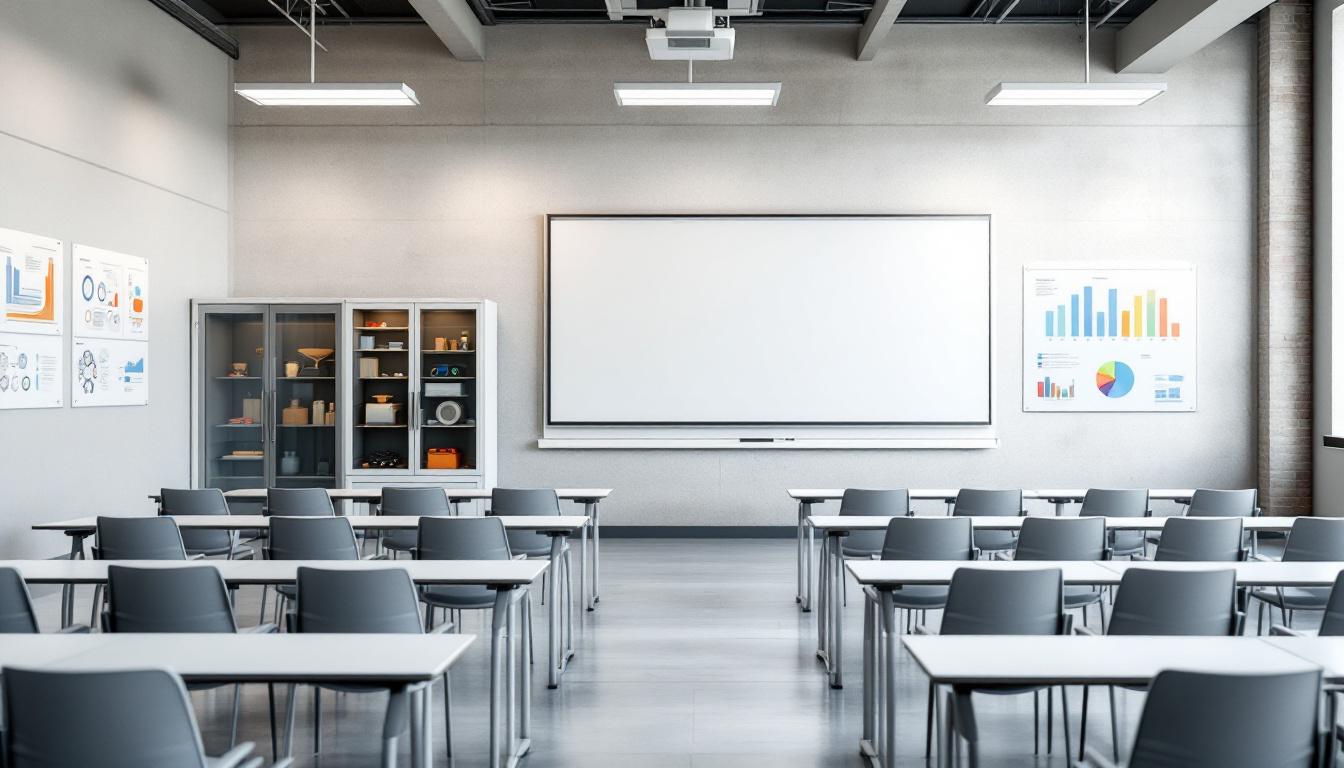
About John E. Goode Pre-trial Detention Facility
Community safety and justice intersect at a vital crossroads in northeast Florida, where Duval County Jail serves as Jacksonville’s primary detention facility. Strategically positioned within one of Florida’s most populous metropolitan areas, this FL correctional facility operates as an integral component of the regional justice system, managing pre-trial detainees and sentenced individuals while maintaining connections to the broader community it serves. The facility’s location in Jacksonville places it at the heart of a diverse urban landscape, where the St. Johns River meets the Atlantic coast, creating comprehensive opportunities for community partnerships and resource coordination that may extend beyond traditional correctional boundaries.
Geographic significance shapes many aspects of the facility’s operations, as Jacksonville’s position as a major transportation hub and economic center influences both the population served and the resources available for rehabilitation programs. The county jail typically maintains various services designed to address the complex needs of inmates, which may include educational opportunities, substance abuse counseling, mental health support, and vocational training initiatives. These programs often reflect partnerships with community organizations, healthcare providers, and educational institutions throughout the Jacksonville area, creating pathways for successful reintegration into society.
Within Florida’s broader correctional landscape, Duval County Jail generally functions as both a holding facility for individuals awaiting trial and a short-term correctional institution for those serving sentences of typically one year or less. The facility’s approach to inmate services often emphasizes preparing individuals for their eventual return to the community, with programs that may focus on life skills development, job readiness training, and family reunification support. Jacksonville’s diverse economic base and extensive network of social services typically provide numerous opportunities for collaboration between the jail and community resources, potentially enhancing the effectiveness of rehabilitation efforts and supporting successful transitions back into society.
Programs & Services
Personal growth and skill development form the foundation of rehabilitation services at Duval County Jail. The facility typically emphasizes helping inmates build practical abilities and address underlying challenges that may have contributed to their incarceration. Through a comprehensive approach to “service delivery,” inmates often have access to various opportunities designed to prepare them for successful reintegration into their communities.
Educational services may provide inmates with opportunities to earn their GED or develop basic literacy skills through structured learning environments. The facility often includes vocational training options that focus on marketable skills, such as commercial driving license (CDL) preparation and janitorial services training. These educational and vocational services typically aim to increase employment prospects upon release while building confidence and work-related competencies during incarceration.
Furthermore, support services may encompass work release programs that allow eligible inmates to maintain employment in the community while serving their sentences. Physical fitness services often provide structured exercise opportunities that promote both physical health and mental well-being. The facility typically offers substance abuse treatment services through therapeutic programming designed to address addiction issues and provide inmates with coping strategies and recovery tools essential for long-term success.
Daily Life & Visitation
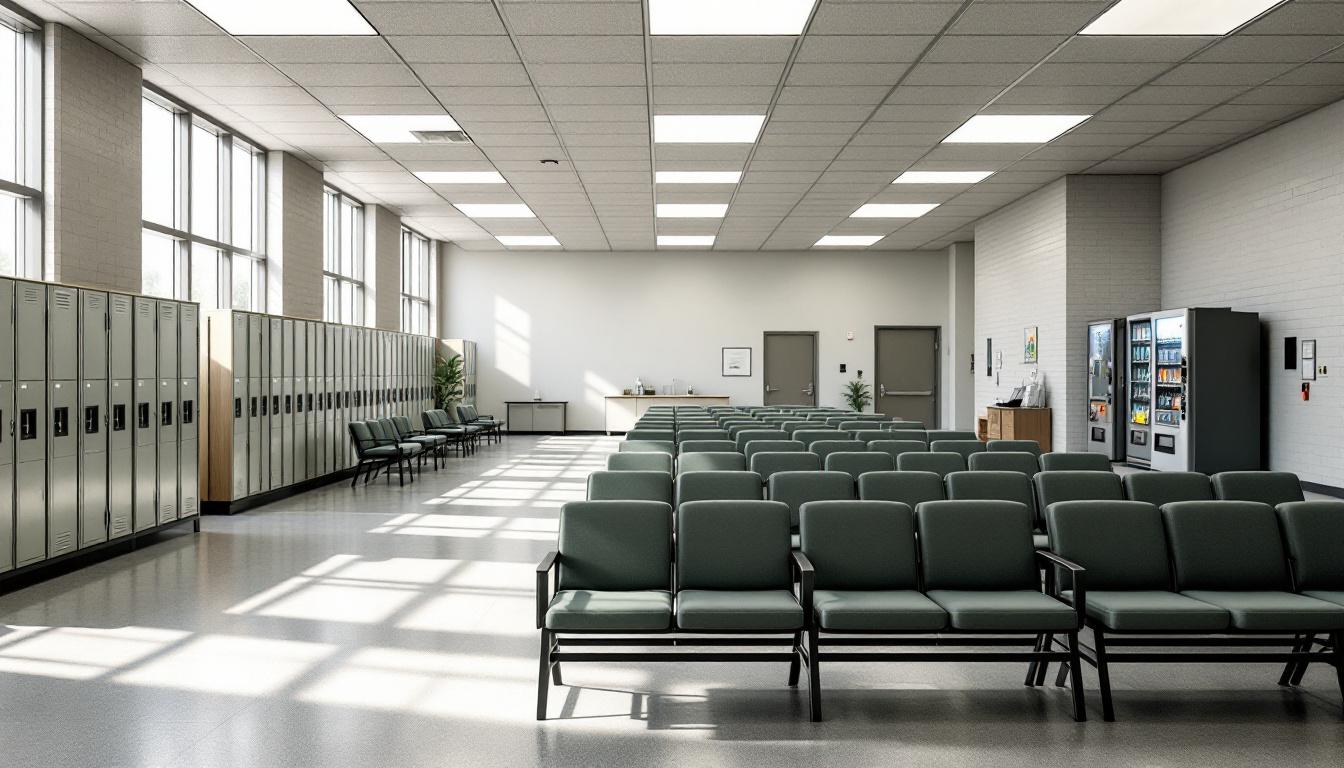
The housing units at Duval County Jail create a structured environment where inmates navigate concrete blocks, steel doors, and shared living spaces throughout their daily routines. At present, inmates actively participate in scheduled activities that begin with early morning counts and meal service. The facility typically operates with multiple housing units that accommodate different security classifications, and inmates generally follow established schedules for meals, recreation, and programming activities.
Living accommodations usually consist of multi-person cells or dormitory-style housing units, depending on an inmate’s classification level and the facility’s current capacity. Inmates typically receive three meals per day in designated dining areas or within their housing units, and commissary services may provide additional food items and personal necessities. Furthermore, personal property is generally limited to approved items, and inmates often adapt by creating routines around the structured meal times and recreation periods that provide breaks from the confined living environment.
The facility generally offers various programs and activities that provide structure and opportunities for personal development. Recreation time typically includes access to outdoor areas or gymnasium facilities when available, and inmates may participate in educational programs, religious services, or work assignments within the facility. Although visitation schedules and communication options help maintain family connections, inmates usually adapt to limited contact through scheduled phone calls and visiting hours that operate according to facility policies and security requirements.
Ready to Connect?
Start communicating with your loved one today
Search for an Inmate
